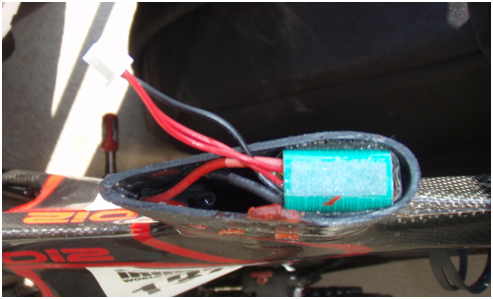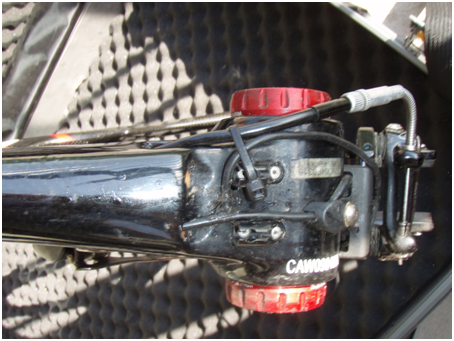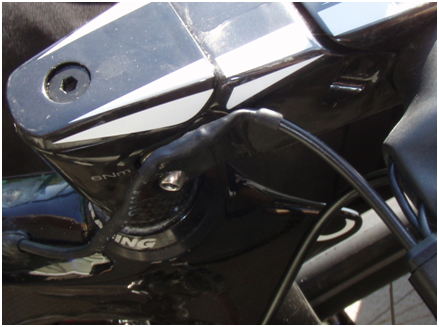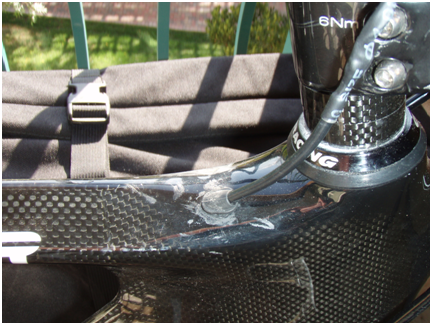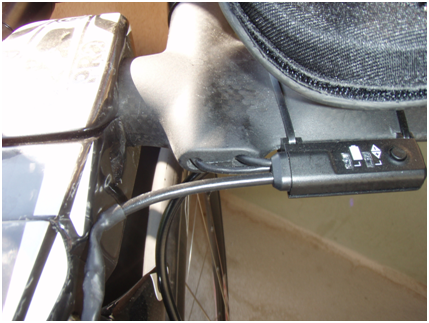This advanced bike trick is brought to you by Australian triathlon coach Graeme Turner, of Fit2Tri
Disclaimer
These modifications could void the warranty on all components in the DI2 Group Set. These modifications involve fine soldering – do not attempt unless you are confident in completing these steps.
Battery
The Shimano DI2 is rated at 7.4 volts / 500mAh. This voltage is a common voltage for items such as radio control cars and video cameras. Amperage higher than 500mAh can be safely used – it will in fact give much longer battery life between recharges than the standard battery.
As stated by APT Corporation, choose a battery that fits best your frame and chosen location. I have mounted a Radio Control car battery at the top of my seat tube using double sided tape.
Ensure that you have access to the fly lead for recharging.
Battery Wiring
The battery lead to the standard battery is an unshielded wire containing three finer wires. This can be simply cut and an extension soldered to the wires to extend to your new battery mounting.
I solder and heat shrink each wire individually as well as a larger heat shrink tube over all three wires. After consulting with my bicycle manufacturer, a small hole was drilled near the bottom bracket and the wire was fed through. This was then sealed with silicon.
Main Wire
The main wire to the controls is an unshielded wire consisting of 5 internal wires. I chose not to keep the existing plus (although there is no reason why you can’t). After cutting the cable, the wire is passed through the frame using one of the existing gear cable routes. The 5 wires were individually resoldered and covered in heat shrink tubing and a larger piece of heat shrink tubing was then used to cover the connections.
Hint: The internal wires are very fine – I found using children’s nail clippers worked best for stripping the wires without breaking them.
I also sourced some DI2 grommets from Shimano and used these to cover the cable exit points from the frame.
Controls
The wire to the ‘Y’ junctions is an unshielded cable with 4 internal wires. I chose to keep the existing end plugs in case I needed to quickly replace a trigger. I cut the wires, passed through my aero bars and then resoldered and covered the individuals with heat shrink tubing. Larger heat shrink tubing then covered the connected wires. I chose to zip tie the small control unit to the back of the aerobar base bar.
Questions? Ask about this in the Rock Star Triathlete member’s forum.


